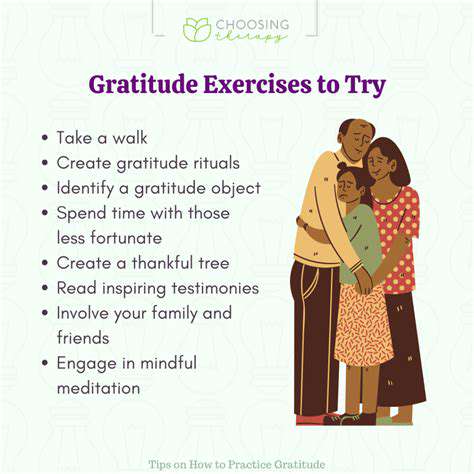How to Prepare for Group Study Sessions
Optimizing Group Dynamics for Maximum Learning
Successful group study requires more than just gathering people together - it demands intentional structure. Begin by establishing rotating roles: one session you might facilitate discussion, while another member creates practice questions. This shared responsibility prevents any single person from dominating while ensuring all members engage actively.
Consider these practical tips for better group dynamics:- Start each session by reviewing previous material for 5-10 minutes- Use the think-pair-share method where members first reflect individually, then discuss in pairs before group sharing- Implement a no interruptions rule during initial explanations- Designate a timekeeper to maintain focus
Time management deserves special attention. Schedule challenging topics during your group's peak focus times - typically mornings or early evenings. Use the Pomodoro technique (25-minute focused sessions with 5-minute breaks) to maintain energy. Always leave the last 15 minutes for summarizing key takeaways and assigning follow-up tasks.
Remember to build in flexibility. If a particular concept requires more time, adjust accordingly. The goal isn't rigid adherence to schedule, but deep understanding. End each session by having each member state one thing they learned and one question they still have - this reinforces learning while identifying areas needing further review.
Preparing the Necessary Resources
Gathering the Essentials
Effective preparation separates productive study sessions from wasted time. Beyond basic supplies, consider these often-overlooked items:- A portable whiteboard for visual explanations- Sticky notes for quick brainstorming- Index cards for impromptu quizzes- Reference materials specific to your subject
For digital collaboration, test all technology beforehand. Create a shared folder with these subfolders:1. Session notes (Google Docs with edit history)2. Reference materials (PDFs, links)3. Practice questions (collaborative quiz tools)4. Recording archive (if sessions are recorded)
Defining Clear Objectives and Expectations
The most successful study groups begin with written agreements. Before your first meeting, collaboratively draft a study contract including:- Primary learning goals for each session- Preparation expectations (readings to complete beforehand)- Participation requirements (minimum contribution levels)- Conflict resolution process- Policy on missed sessions
This document should evolve as the group progresses. Revisit it monthly to assess what's working and what needs adjustment.
Organizing and Planning the Session
Transform your study plan into an actionable agenda with these elements:1. Warm-up (5 min): Quick review of previous material2. Concept mapping (15 min): Group creates visual representation of key ideas3. Deep dive (30 min): Focused discussion on most challenging topic4. Application (20 min): Work through practice problems together5. Review (10 min): Q&A and assignment of follow-up tasks
Break complex subjects using the chunking method: Divide material into logical segments, assigning each to a different member to pre-teach. This distributed preparation ensures comprehensive coverage while preventing overload.
Promoting Active Participation and Collaboration
Combat passive attendance with these engagement strategies:- Round robin questioning where each member must ask one substantive question- Silent brainstorming sessions before vocal discussions- Role-playing exercises (e.g., teach this concept to a 10-year-old)- Peer evaluation of each other's practice answers
The muddiest point technique works particularly well: Have each member write down their most confusing concept at session start, then address these systematically throughout the meeting. This ensures the group tackles actual learning obstacles rather than assumed difficulties.












